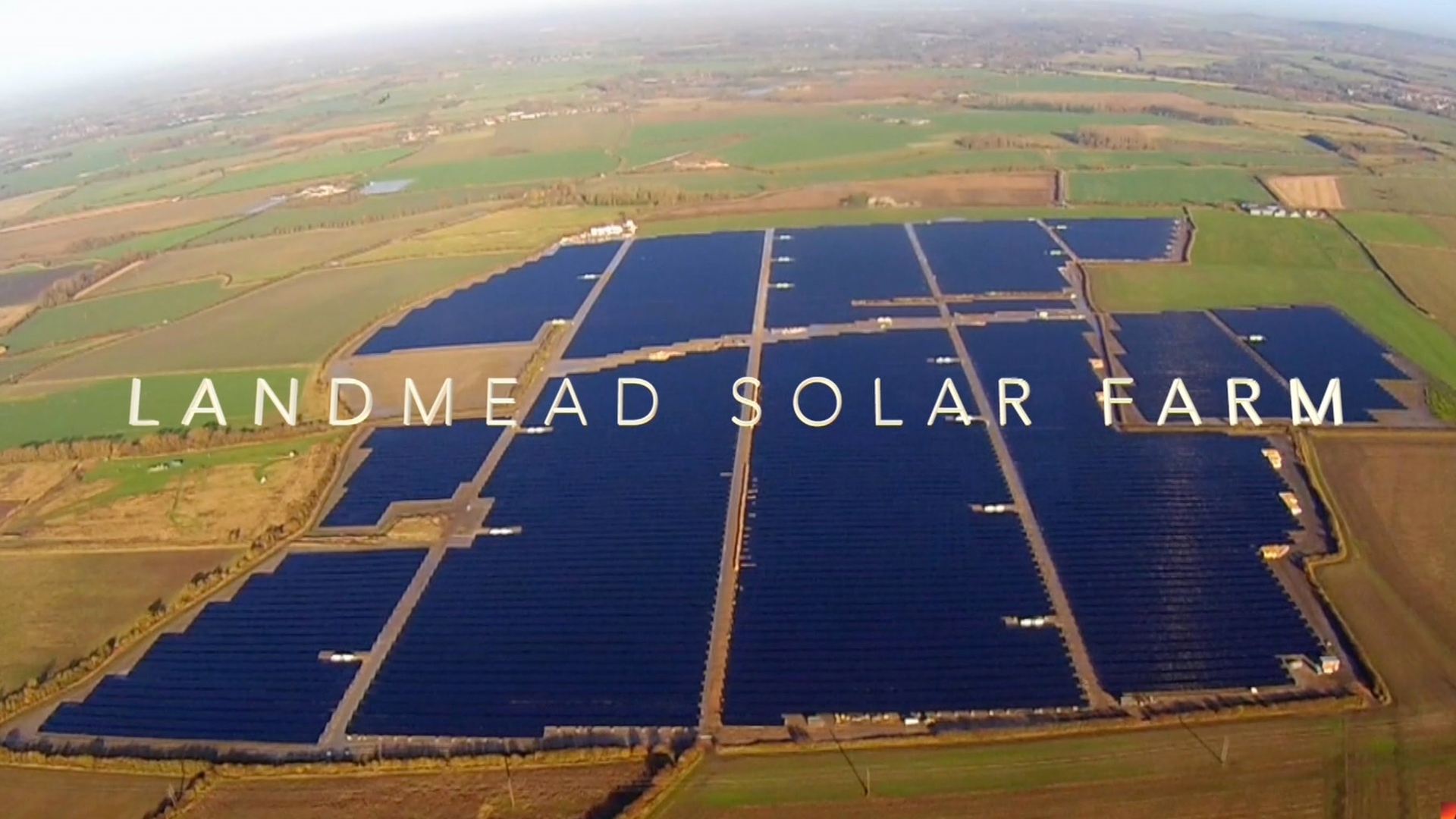The London Solar Strategy: A Step In The Right Direction

Low Carbon is a renewable energy investment company, investing in, owning and operating renewable energy products. Quentin Scott, Marketing Director of Low Carbon, talks about the London Solar Strategy and what it has in store.
Historically, London hasn't excelled in the deployment of solar PV. Research from the Green Alliance points to just 66MW of solar PV installed across the capital "“ the equivalent of one solar panel for every 200 homes. And recent figures from the Department for Business, Energy and the Industrial Strategy have shown that London is lagging behind in the use of what is a proven technology, and home to far, far less than one percent of the UK's solar capacity of 12GW.
There are a number of reasons why. Space in the capital is at a premium and makes utility-scale developments difficult at best. The high number of rental properties in London have also played a factor. Many landlords are reluctant to invest in solar installations that will have no direct benefit to them, given it will be their tenants that will likely be paying the utility bills. Meanwhile, well-publicised reductions in the incentives from central government to install solar panels since 2015 have impacted on the sector. And many installers, recognising the opportunities elsewhere in the country and the challenges in London, have focused their operations and marketing strategies outside the capital.
On the other hand, the cost of solar panels is falling. Some of the largest ground-mounted sites can now operate on a subsidy-free basis. And, if the ambitions of the Greater London Authority can be realised, we could see London contribute towards bringing down the costs of rooftop installations more generally.
In August, Mayor Sadiq Khan launched the London Solar Strategy as part of City Hall's broader environmental plan. That in and of itself was a positive sign that City Hall recognised not only the limited solar take-up, but the urgent need to increase installation levels. That need was born out of two fundamental elements. Firstly, a need to encourage consumers to reduce their energy costs at a time when prices have very publicly risen, the cost of living is going up, and wages have largely remained stagnant. Secondly, the urgent need to increase low-carbon electricity production in order to cut CO2 emissions that have caused London's pollution levels to hit dangerously high levels, prompting multiple public warnings.
Critics of the plan argued it simply didn't go far enough. The headline figure and commitment within the strategy was to the deployment of 100MW of solar by 2030. While that would double existing capacity, it arguably speaks more to the low uptake of solar in London to date. But while that headline figure might not have set many pulses racing, there were some encouraging signs from City Hall that it's willing to deploy innovative solutions to initiate higher uptake of PV.
Most notably, the introduction of a reverse auction for homeowners will help to deliver the best price for Londoners. Following a pilot programme in Norwich, the GLA will approach households to gauge their interest in installations, then pooling expressions of interests into lots to be auctioned to installers. The result will hopefully be affordable solar PV for many homes, and if the results in Norwich can be replicated "“ an 83 percent increase in installation "“ then we could see more solar panels in London. The strategy also commits to better deployment of solar across the GLA estate using the RE:FIT programme, and the creation of development of community energy schemes, supported by £300,000 in grants funding.






























